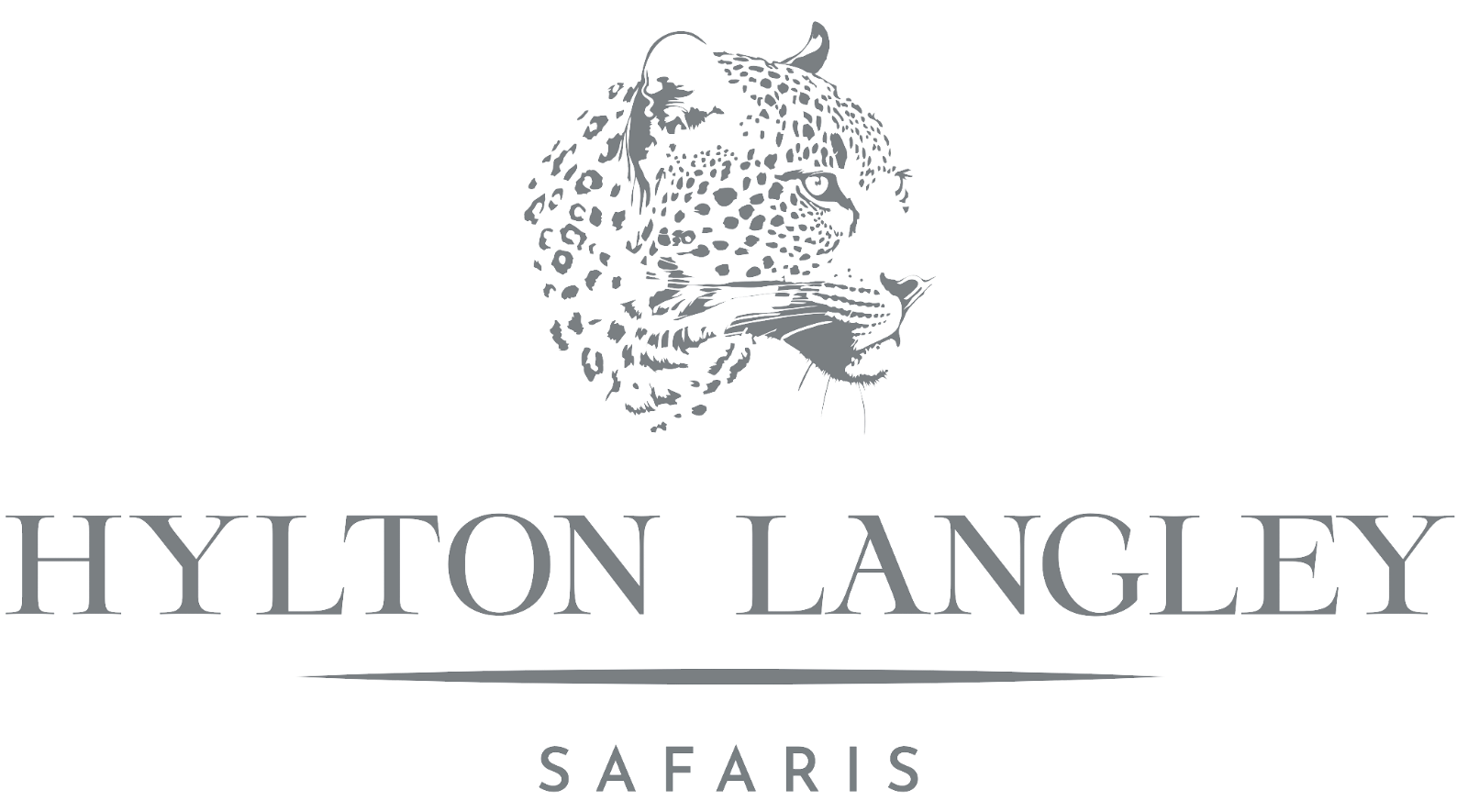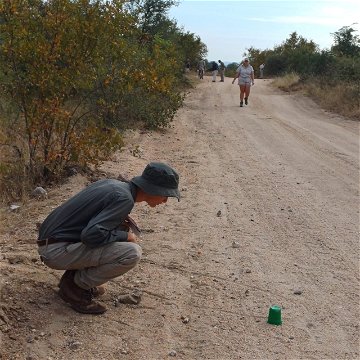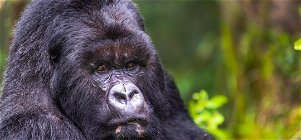A Wildlife Tracker: Do You Have What It Takes?

Join me as I recount a recent experience assisting in training aspiring Bushwise Field Guide students under renowned tracker trainer Colin Patrick's guidance.
As we delve into the essential components of tracking, consider whether you possess the curiosity, patience, and keen observation skills required to navigate the intricate pathways of the bush and its inhabitants.
Are you ready to answer the call of the wild and embark on an adventure where every footprint leads to discovery?
Recently, I had the incredible opportunity to work alongside Colin Patrick, a world-renowned tracker trainer, as we assisted a group of Bushwise Field Guide students in their preparation for tracking assessments in the Makalali Game Reserve. It was an experience that truly highlighted the essential skills and dedication required to become a proficient wildlife tracker and safari guide.
One of the cornerstones of the tracking process is based on the Cybertracker evaluation system. This system is based on two different evaluation components: Track & Sign, and Trailing, and combined offers a candidate the opportunity to get a formally accredited Tracker qualification- essential for all aspiring guides and trackers wanting to enter the wildlife industry.
The Track & Sign component assesses a tracker's ability to identify tracks and signs left behind by various animals, ranging from the majestic elephant to the tiniest mouse, and even the intricate trails of a scorpion's tail dragging in the dust, or where a leaf had blown in the wind. This component serves as the foundational ABCs of tracking, providing students with the essential knowledge and base needed to decipher the secrets of the bush.
During the assessment, students were tasked with pointing out and interpreting tracks and signs encountered in the field. This involved keen observation skills and a deep understanding of animal behavior and habitat. From identifying the remnants of a bird's dust bath to recognizing the subtle imprints left by passing wildlife, each track told a story waiting to be unraveled.
The second component of the assessment focused on trailing, where students, under the expert guidance of Colin Patrick, embarked on the exhilarating pursuit of following animal tracks. One particularly memorable experience was trailing a group of white rhinos that had traversed the reserve during the night.
For hours, students meticulously followed the trail, tracing the rhinos' movements through feeding grounds, watering holes, and muddy wallows. Every detail, from trampled grass to resting spots in sandy drainage lines, provided valuable insights into the rhinos' behavior and movements.
The significance of tracking proficiency in the guiding industry cannot be overstated. Exceptional trackers and guides possess the ability to locate key species that guests yearn to encounter during safari adventures. Whether it's tracking a pride of lions on the hunt or locating a hidden leopard in the dense undergrowth, the skills acquired through tracking courses are invaluable assets for aspiring guides.
As you reflect on this journey into the world of wildlife tracking, I invite you to consider whether you have what it takes to become a proficient tracker. Are you captivated by the challenge of deciphering nature's clues? Do you possess the patience and perseverance required to follow in the footsteps of Africa's iconic wildlife?
If you feel the call of the wild stirring within you, I encourage you to explore the possibility of embarking on a tracking course. Whether you're a seasoned nature enthusiast or a curious explorer, there's no better time to delve into the captivating world of wildlife tracking. Who knows? Perhaps you'll uncover a hidden talent and set forth on a path of discovery and adventure unlike any other.











Share This Post